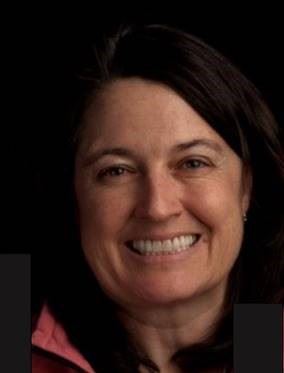Machine Learning Applied to 3D Seismic Data from the Denver-Julesburg Basin Improves Stratigraphic Resolution in the Niobrara
Carolan (Carrie) Laudon, Sarah Stanley and Patricia Santogrossi
Geophysical Insights

Abstract
Seismic attributes can be both powerful and challenging to incorporate into interpretation and analysis. Recent developments with machine learning have added new capabilities to multi-attribute seismic analysis. In 2018, Geophysical Insights initiated a proof of concept on 100 square miles of multi-client 3D data jointly owned by Geophysical Pursuit, Inc. (GPI) and Fairfield Geotechnologies (FFG) in the Denver-Julesburg Basin (DJ). The purpose of the study was to evaluate the effectiveness of a machine learning workflow to improve resolution within the reservoir intervals of the Niobrara and Codell formations, the primary targets for development in this portion of the basin.
The seismic data are from Phase 5 of the GPI/Fairfield Niobrara program in northern Colorado. A preliminary workflow which included synthetics, horizon picking and correlation of 28 wells was completed. Detailed well time-depth charts were created for the Top Niobrara, Niobrara A, B and C benches, Fort Hays and Codell intervals. The interpretations, along with the seismic volume, were loaded into the Paradise® machine learning application, and two suites of attributes were generated, instantaneous and geometric.
The machine learning workflow first applies Principal Component Analysis (PCA) in order to identify which attributes contribute to the data and what their relative contributions are. PCA aids in the selection of which attributes are appropriate to use in a Self-Organizing Map (SOM). In this case, 15 instantaneous attribute volumes, plus the parent amplitude volume, were used in the PCA and eight were selected to use in SOMs. The SOM is a neural network-based machine learning process that is applied to multiple attribute volumes simultaneously. The SOM produces a non-linear classification of the data in a designated time or depth window. For this study, a 60-ms interval that encompasses the Niobrara and Codell formations was evaluated using several SOM topologies. An 8 X 8 SOM applied to 1 ms seismic data improves the stratigraphic resolution within the target interval. The neuron classification also images small but significant structural variations within the chalk benches. These variations correlate visually with the geometric curvature attributes. This improved resolution allows for precise well planning for horizontals wells. The 17 to 25 foot thick Codell is also seismically resolved via SOM analysis and shows variation with the study area that can be tied to porosity. Petrophysical analyses from wireline logs run in seven wells within the survey by Digital Formation; together with additional results from SOMs show the capability to differentiate a high TOC upper unit within the A marl which presents an additional exploration target.
The results show that a multi-attribute machine learning workflow adds value to the 3D seismic datasets available in the basin by yielding resolution to 1 ms within the Niobrara and Codell.
Biography
Carolan (Carrie) Laudon holds a PhD in geophysics from the University of Minnesota and a BS in geology from the University of Wisconsin Eau Claire. She has worked as a Senior Geophysical Consultant with Geophysical Insights since 2017 working with Paradise®, their machine learning platform. Prior roles include Vice President of Consulting Services and Microseismic Technology for Global Geophysical Services and 17 years with Schlumberger in technical, management and sales starting in Alaska and including Aberdeen, Scotland, Houston, TX, Denver, CO and Reading, England. She also spent her first five years out of graduate school with ARCO Alaska, Anchorage in the exploration team as a seismic interpreter.